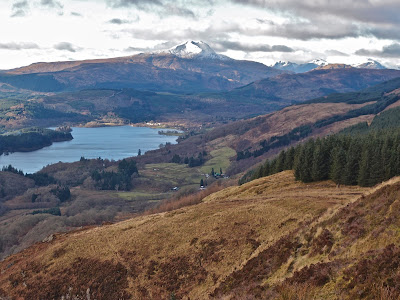The response by the PM, David Cameron, to the
Leveson Inquiry has been a useful gauge of the declining morality of Britain. The recommendation from Leveson was a statutory underpinning for a regulatory system to provide an "appropriate degree of independence from the industry, coupled with satisfactory powers to handle complaints, promote and enforce standards, and deal with dispute resolution". Cameron's response was obfuscatory, he has "serious concerns and misgivings" about legislating for a regulatory body and "the danger is that this would create a vehicle for politicians ...to impose regulation and obligations on the press, something that Lord Justice Leveson himself wishes to avoid".
In many ways, the PM provided the very evidence of why a statutory framework is necessary. Like the Press Complaints Commission who rejected many complaints against newspapers, he simply extracted what he wanted from the Inquiry Report. He ignored the key recommendation and then jousted his way through Parliamentary Questions with a pre-rehearsed set of euphemisms to imply that he agreed with much of Leveson.
He refused to stand by the recommendations of Leveson for a statutory underpinning and by doing so justified the imperative for a motion in Parliament to determine the need for legislation. The victims of Murdoch's invasion of privacy were not duped by Cameron's duplicity. The British public is angry at the latest evidence of the subservience of the PM to the press barons. There have been two petitions with more than 100,000 signatures calling for some statutory regulation. According to a YouGov poll, 79% of the public support some statutory underpinning for regulation. Cameron may sound reasonable (and even chillaxed) but his actions are unreasonable in his quest to bury the Leveson Inquiry recommendations.
Meanwhile, some of the more self-acclaimed 'ethical press' are arguing that it was the small minority of newspapers (Sun, Mail, Express, Mirror, Telegraph) who have misbehaved, regional newspapers never behave in such a manner and that to legislate for the crimes of Murdoch is an overreaction. Anyone who has personal experience of press reporting (national or regional) knows that the stories that emerge in the press leave out facts that do not fit their slant and emphasise those that do and by the judicious use of headlines and photographs to give the reader a very lopsided view of events.
Maybe the press is becoming an increasing irrelevance in shaping opinions but when it gets personal it does have irreversible consequences and people feel besmirched for life. This is why Leveson was right to stress the need for an independent body and his suggestion of Ofcom to oversee a revamped Press Complaints Commission was prescient in that this could be extended to the abuse on the internet at a future date.
The only conclusion you can reach is that the press has such a hold on Cameron that it is overriding his normal inclination, which is to sway with the public mood. This would surely tell him to implement Leveson. The counterargument advanced by Michael Gove, the Barclay Brothers, Richard Desmond, Lord Black and the hopelessly optimistic PCC chair, Lord Hunt, comes from a vanguard of characters who are hardly blessed with an independence of spirit. Nor do they have ethical standards that give them the gravitas or entitlement to convince the public otherwise, they are only slightly less toxic than the Murdoch mafia.













